-
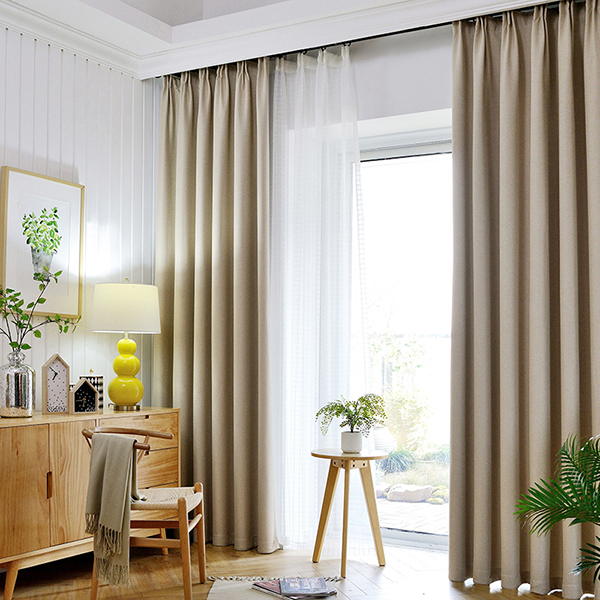
What Are The Curtain Fabrics? Which Is The Best One?
Curtain is an integral part of home decoration, which can not only play a role in shading and protecting privacy, but also make the home more beautiful. So which curtain fabric is the best? 1.Flax Curtain Flax curtain can dissipate heat quickly. Flax looks simple and unadorned. 2.Cotton/Flax ...Read more -
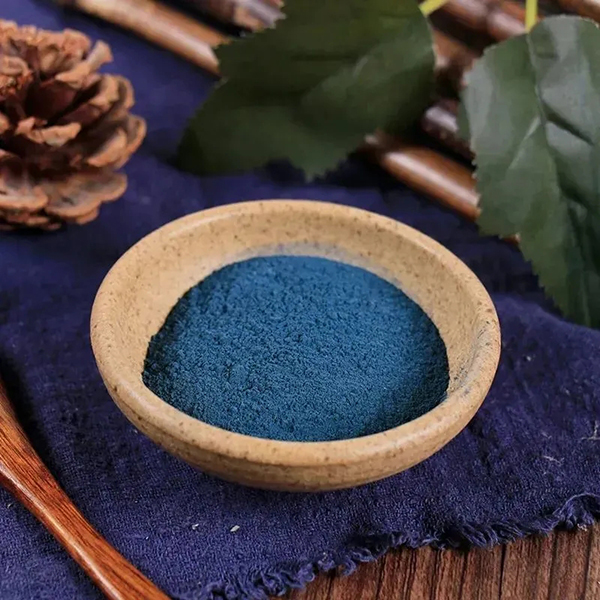
Textiles Dyed by Plant Dyes Must Be “Green”. Right?
Plant pigments come from nature. They not only have excellent biodegradability and environmental adaptability, but also have the antibacterial and health care function. Plant dyes dyed textiles become more and more popular among consumers. So Textiles dyed by plant dyes must be “green”...Read more -
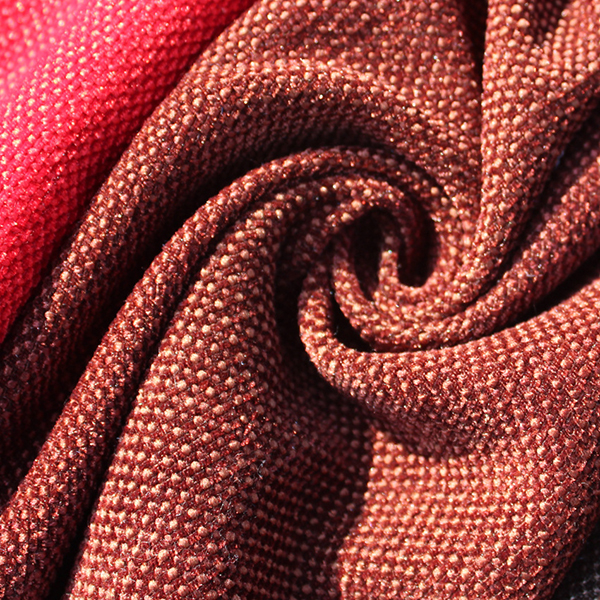
About Chenille
Chenille is a new type of complex yarn, which is made of two strands of plied yarns as the core, and spun by twisting the camlet in the middle. There are viscose fiber/acrylic fiber, viscose fiber/polyester, cotton/polyester, acrylic fiber/polyester and viscose fiber/polyester, etc. 1.Soft and c...Read more -

What Is Polyester High Stretch Yarn?
Introduction Chemical fiber filament yarn has good elasticity, good handle, stable quality, even leveling, not easy fading, bright color and complete specifications. It can be pure woven and interwoven with silk, cotton and viscose fiber, etc. to make elastic fabrics and various kinds of wrinkle...Read more -
Dyeing and Finishing Technical Terms Three
Leuco Potential The potential at which a VAT dye leuco body begins to be oxidized and precipitated. Cohesive Energy The amount of heat absorbed by 1mol of material to vaporize and sublimate. Direct Printing Directly print printing paste of various colors on white or colored textile fabrics to...Read more -
Dyeing and Finishing Technical Terms Two
Dyeing Saturation Value At a certain dyeing temperature, the maximum amount of dyes that a fiber can be dyed. Time of Half Dyeing The time that needs to reach half of equilibrium absorption capacity, which is expressed by t1/2. It means how quickly the dye reaches equilibrium. Leveling Dyeing...Read more -
Dyeing and Finishing Technical Terms One
Color Fastness The ability of dyed products to retain their original color during use or subsequent processing. Exhaust Dyeing It is the method that to dip the textile in dyeing bath and after a certain time, the dyes are dyed and fixed on fiber. Pad Dyeing The fabric is briefly impregnated i...Read more -

What Is PU Fabric? What Are The Advantages and Disadvantages?
PU fabric, as polyurethane fabric is a kind of synthetic emulational leather. It is different from artificial leather, which does not need to spread plasticizer. It itself is soft. PU fabric can be widely applied to produce bags, clothing, shoes, vehicles and furniture decoration. The artificial ...Read more -

Chemical Fiber: Vinylon, Polypropylene Fiber, Spandex
Vinylon: Water-dissolvent and Hygroscopic 1.Features: Vinylon has high hygroscopicity, which is the best among synthetic fibers and called as “synthetic cotton”. Strength is poorer than nylon and polyester. Good chemical stability. Resistant to alkali, but not resistant to strong acid...Read more -
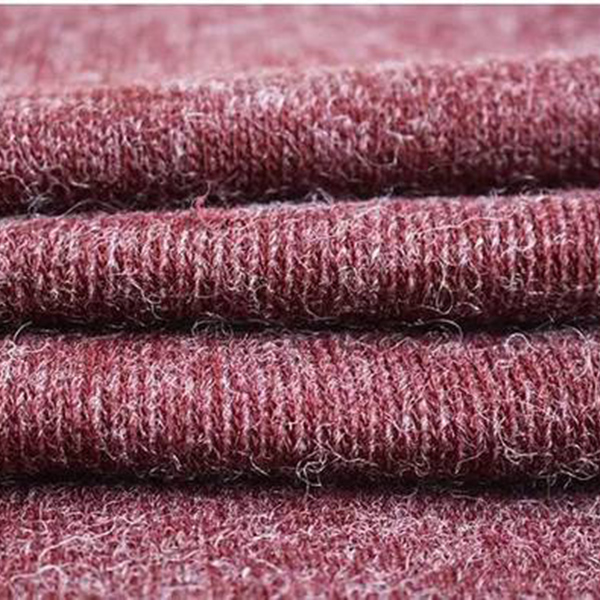
Chemical Fiber: Polyester, Nylon, Acrylic Fiber
Polyester: Stiff and Anti-creasing 1.Features: High strength. Good shock resistance. Resistant to heat, corrosion, moth and acid, but not resistant to alkali. Good light resistance (Second only to acrylic fiber). Expose to sunlight for 1000 hours, strength still keeps 60-70%. Poor moisture absorp...Read more -
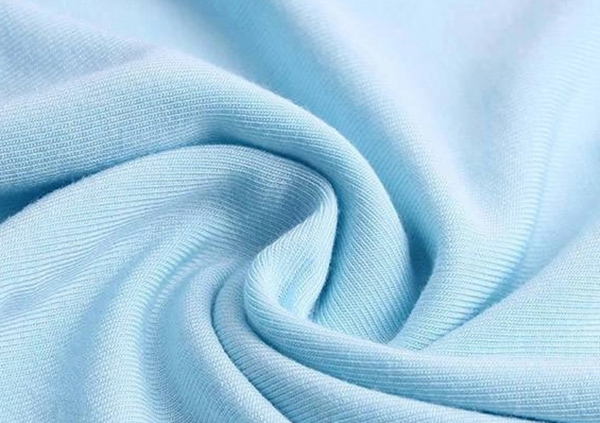
Textile Chemical Properties Test
1.Main test items Formaldehyde test PH test Water repellent test, Oil repellent test, Antifouling test Flame retardant test Fiber composition analysis Prohibited azo dye test, etc 2.Basic contents Formaldehyde Test It is to extract the free formaldehyde or released formaldehyde in a certain amou...Read more -
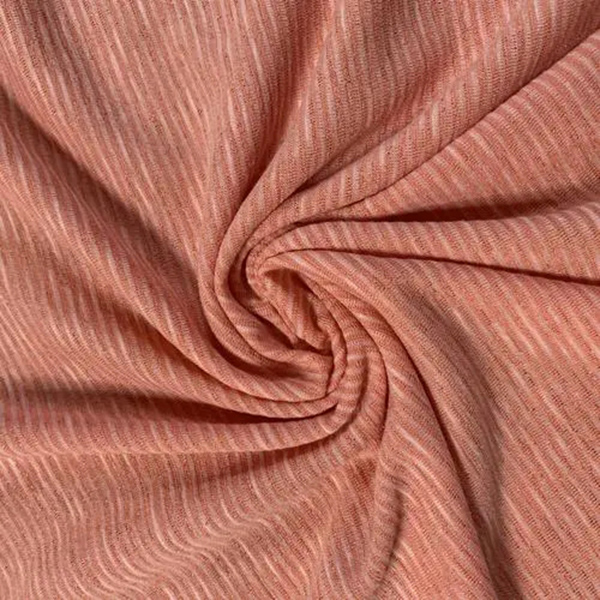
Commonly Used Knowledge of Clothing Fabric Three
Blending Blending is the fabric that is blended with natural fiber and chemical fiber in a certain proportion. It can be used to make various kinds of garments. It has the advantages of cotton, flax, silk, wool and chemical fibers, and also avoids each of their disadvantages. Also it is relativel...Read more










